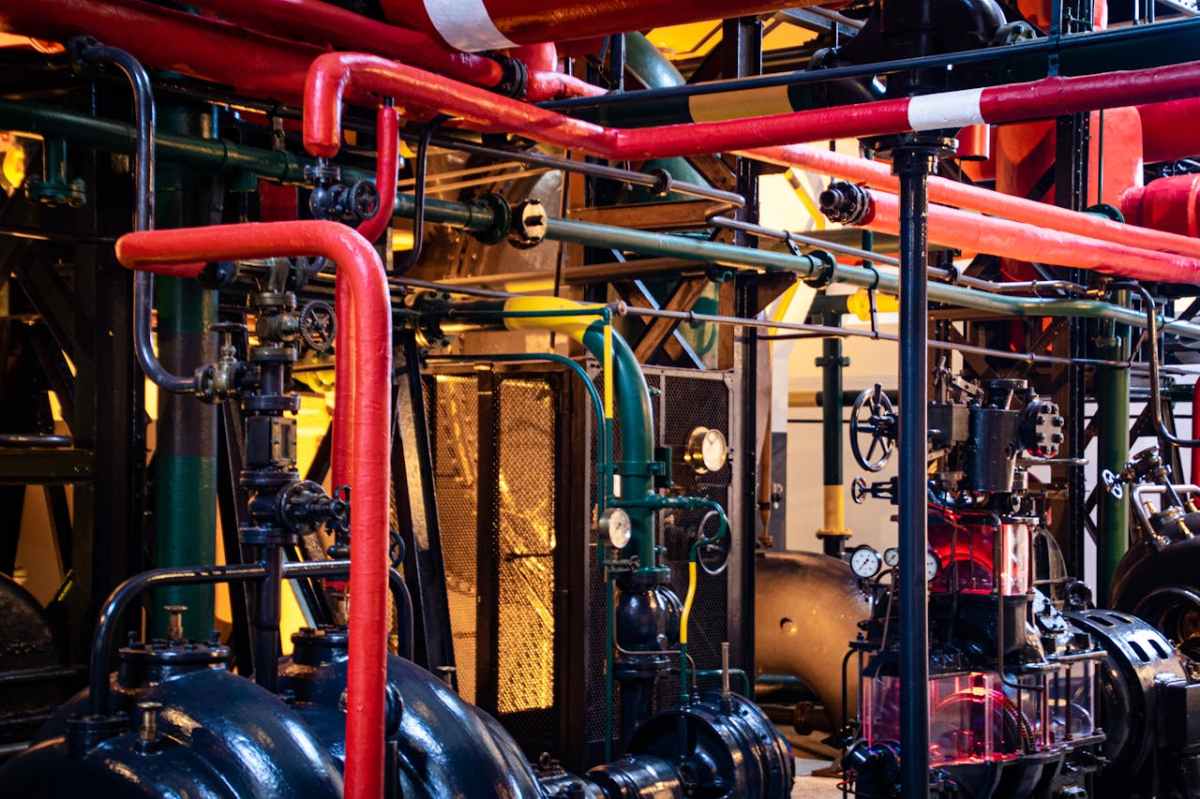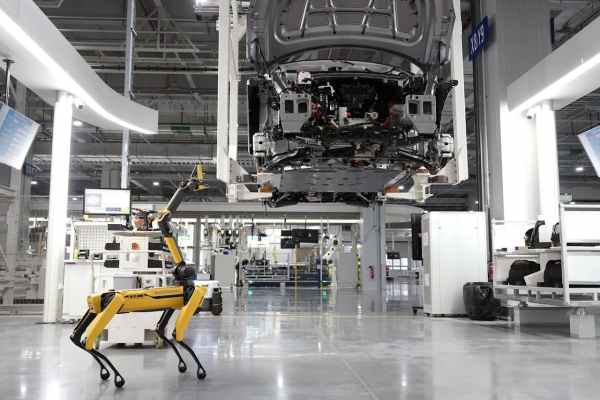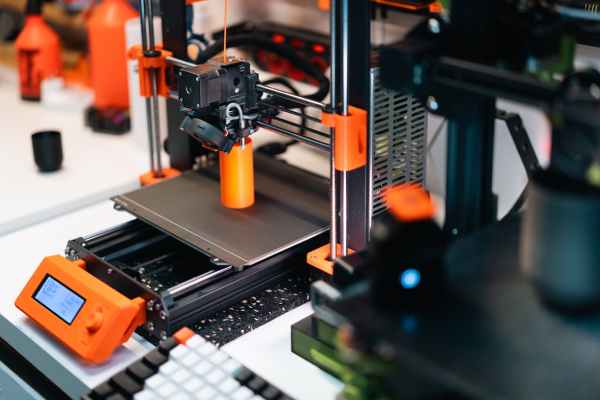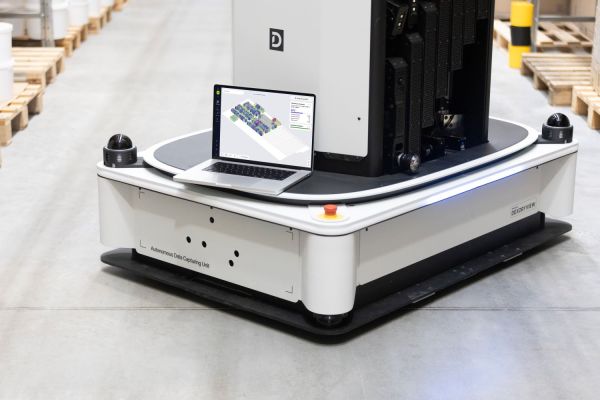What is industrial automation?
Industrial automation can be defined as the use of machines or robots without direct human intervention; in other words, as its name suggests, it is automatic.
This set of techniques and tools used to solve dangerous and repetitive tasks is an evolution of industrial mechanisation, adding control systems that improve not only autonomy but also efficiency.
Industrial automation is part of Industry 4.0, a concept born in 2011 linked to the industrial revolutions that humanity has previously experienced and which refers to how the way in which companies have a series of processes (operations, design, delivery of goods and services, etc.) based on technologies such as AI or the Internet of Things (IoT) is being transformed.
What types of industrial automation are there?
Depending on the needs of the industry, there are different types of industrial automation:
- Fixed or rigid automation. Designed for a task that is both specific and repetitive, its use is linked to mass production where speed and precision are essential. An example is the manufacture of bottles.
- Programmable automation. The machines have the capacity to be reprogrammed to adapt to the manufacture of different products, making them ideal for factories that produce different models, such as an electrical appliance plant.
- Flexible automation. It allows for the assembly line to be quickly adjusted to manufacture various types of products in different quantities, an example being a food factory where products are packaged for later sale in non-standard sizes.
Advantages of industrial automation
The fact that certain tasks are automated allows for a series of benefits such as more precise and constant execution, which results in more constant and uniform production while reducing the risk of human error.
Let’s look in detail at the characteristics of some of these advantages.
Higher productivity
One of the most obvious benefits of industrial automation is the increase in productivity.
The fact of being able to carry out repetitive tasks continuously and efficiently increases production volume. Similarly, production cycle times are reduced.
Discounting stoppages for technical issues that may be necessary for machinery maintenance requirements, production can be running 24 hours a day, seven days a week, eliminating downtime and, therefore, optimising performance.
Consistent quality
This automation of processes generates a higher standard of precision, which results in consistency and quality of products, also reducing human error.
Another advantage linked to this issue is that quality standards are homogeneous, which also generates greater customer satisfaction.
Flexibility in the process
Due to the characteristics of automated production, another benefit it presents is flexibility: its adaptation to hypothetical changes in demand or to the production of new products means that such modifications can be carried out with greater agility and speed.
This flexibility results in a greater capacity to respond efficiently to the changing needs that the market may present.
Cost reduction
This reduction in operating costs can be seen in different areas such as energy and raw material savings, which also leads to a reduction in the waste generated.
Better conditions and greater job security
The fact that tasks that are dangerous by nature can be transferred to machines is a benefit for the conditions and job security of the people who work in these environments.
To this reduced exposure to potentially risky situations (whether due to the task itself, the handling of potentially dangerous materials or substances or other factors) we should also add that automated systems can include safety measures such as automatic barriers or alarms.









